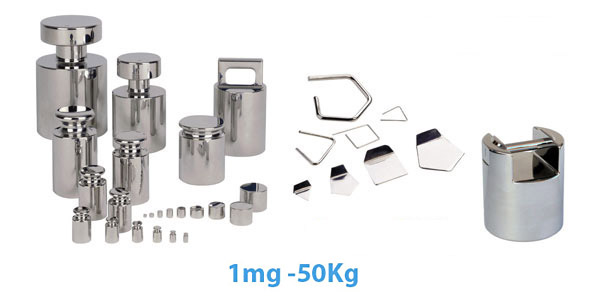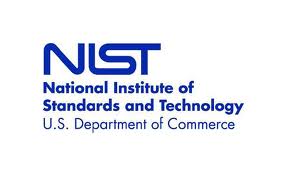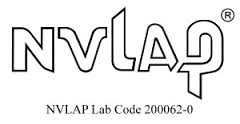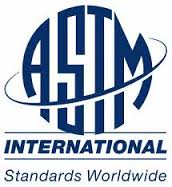Iron and Inox weight for excellence in every area of the business, and continues to raise the standards of the industry. Golden Lotus weight / loose calibrations weights and calibration mass sets are available in a variety of styles for a wide range of uses.
In addition to the conventional shapes, Golden Lotus weight also offers hooked and slotted masses for use in physics. Calibration weights for the continuous accuracy of your electronic balances are available from 1 mg to 50 kg.

What is NIST?
NIST stands for National Institute of Standards and Technology, and is a division of the United States Department of Commerce. The NIST makes regulations that manufacturers must follow to ensure industry standards. When purchasing NIST weights or weight sets you are being assured that your weights have been tested to meet their standards. NIST weights are most commonly used for commercial and legal for trade scales.

What is NVLAP?
NIST also runs the National Voluntary Laboratory Accreditation Program (NVLAP). This program evaluates and accredits laboratories in their respective fields and ensures they meet ISO standards.

What is ASTM?
ASTM stands for American Society of Testing and Materials. The ASTM is an international organization that establishes and develops methods for testing materials. ASTM weights and weight sets are made to the tolerance, construction, finish, and magnetism set by them. ASTM requires that weights be made of one piece (no fillers or air to compensate for small adjustments). ASTM weights are recommended for calibrating other weights or high resolution balances.

What is OIML?
OIML stands for Organization Internationale de Metrologie or better known as The International Organization of Legal Metrology. OIML is an international organization that sets guidelines for legal metrology. (Metrology involves measurement, measurement devices, and procedures.) OIML guidelines encompass everything from how the weights are manufactured to how they are to be used in calibration procedures.

What is a traceable certificate?
Many weights and weight sets are available with traceable certificates as an additional option. These certificates are issued by laboratories and manufacturers that are accredited by NIST/NVLAP, ASTM, and/or OIML depending on the type of weight, manufacturer, and class. These certificates are traceable to NIST and contain information such as type of weight, weight class, density, uncertainty, and environmental conditions at the time of calibration.
What is a certificate of calibration or calibration report?
This report is similar to the traceable certificate however it will have a smaller uncertainty and more precise values. This has to do with the methods involved as well as the number of times the tests are repeated.
What is a traceable mass value report?
This report is traceable to NIST and reports the actual weight values, tolerances, and uncertainties. However the ratios reported are not guaranteed and is not considered an accredited document.
What is a certificate of accuracy?
A certificate of accuracy is not accredited or traceable. This report is required to be completed to NIST standards and will have an NIST report number. This report will contain the weight or weight sets serial number, description, nominal value, class and tolerance.
Do I need a certificate for my weight(s) or weight set(s)?
This depends upon your needs and requirements. You need to check with your governing agency, quality control department, or product literature. Usually if dealing with ISO-9000 requirements you will need some form of an NIST traceable certificate.
How often do I need to have my weight(s)/weight set(s) calibrated?
There is no set industry standard, but it is recommended that it is done annually.
What class weight/weight set do I need?
Class 0, Class 1, E1, E2- These weights are the most sensitive and accurate. These require clean environments and special handling. These classes would be used to calibrate Class I/II balances, balances accurate as 0.001mg, and as a laboratory standard. These classes are considered to be of extra-fine accuracy.
Class 2- This class is considered to have a fine accuracy and designed for Class II balances. This class would be recommended for balances that are as accurate as 1mg.
Class 3- Recommended for analytical balances as accurate as .01g.
Class 4- Recommended for semi-analytical balances accurate to 0.1g. These are ideal for balances in school laboratories and industrial settings.
Class5, Class 6, and Class 7, Class F- These classes would be ideal for industrial and harsh environments. These are most often used for scales used in the home and production settings.